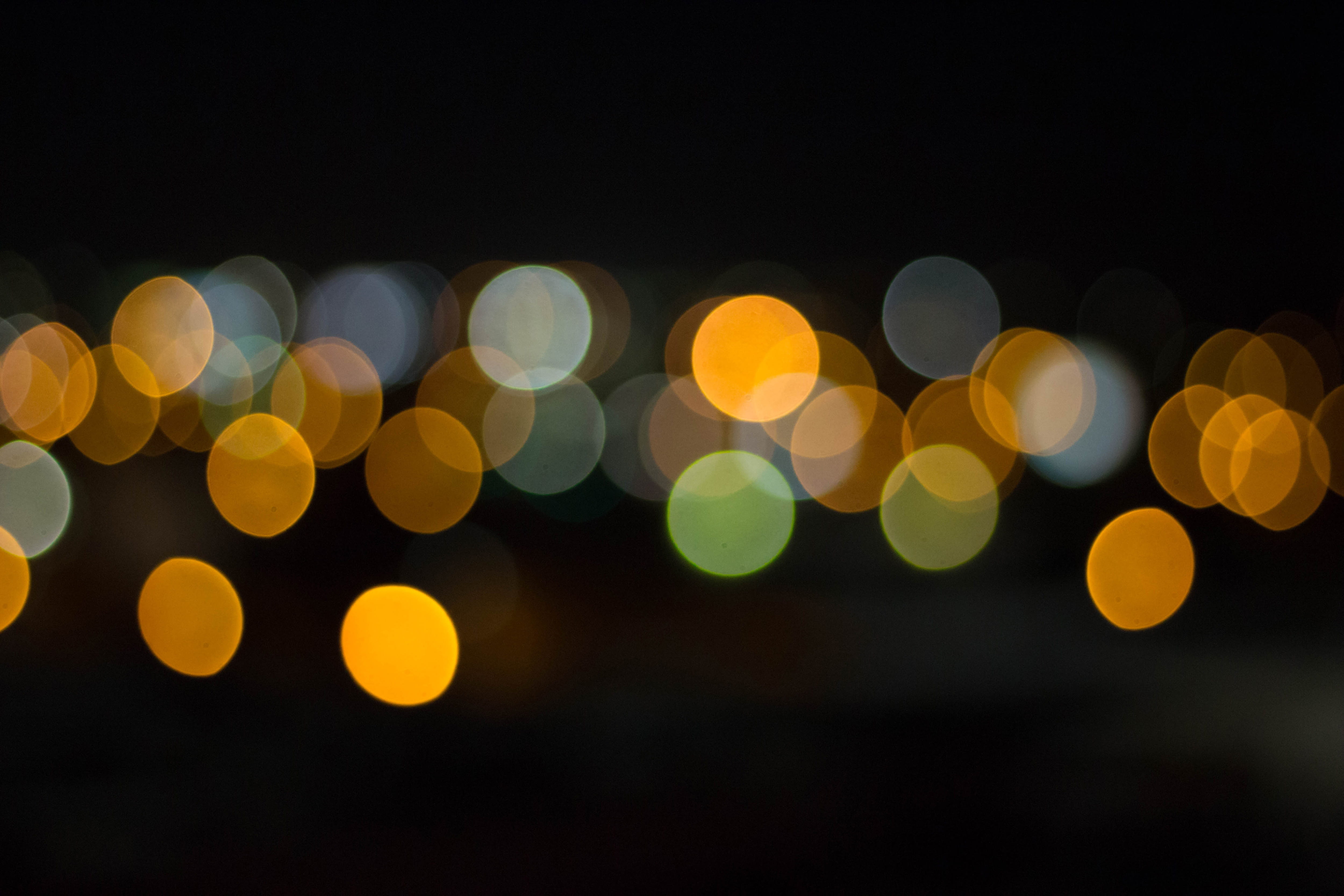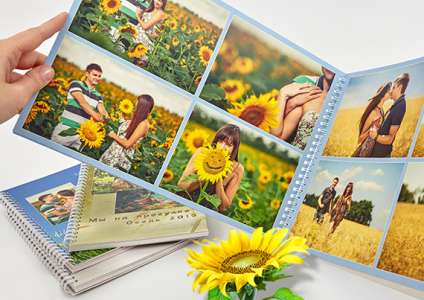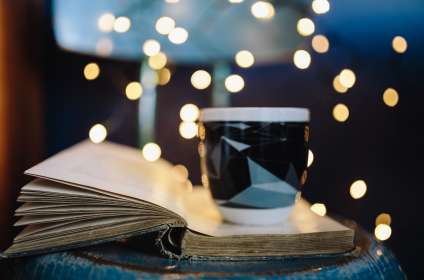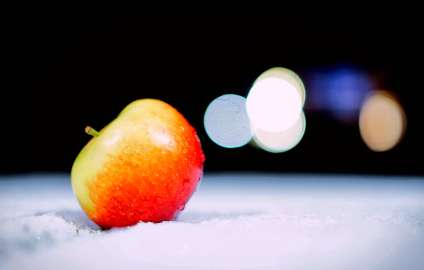How to create a bokeh effect
Published: 30.07.2021

In order to stand out among the millions of photos that users upload to social media every day, you need to make a good effort. It's not enough to choose a model, clothes, accessories, come up with a story, you also need to try to make the background of the photo original. It's not always possible to capture the perfect background, but you can adjust it and achieve an interesting composition using the bokeh effect. Let's look at how to do it, how to properly activate and adjust the camera and achieve the desired result using a smartphone.
Bokeh effect - what is it and what is it used for
Bokeh, translated from Japanese, means fuzziness, blurriness. The term was first used in the late 90s to refer to photographs where part of the image is out of focus. Thanks to the bokeh effect, stunning, vibrant photos with a soft, blurry background are created. This technique is used to highlight the main details in a photo or to hide imperfections.
Bokeh effect is most often used for portrait and macro photography. It is great to capture a blurry background in the evening light of lanterns, creating bright highlights in the photo, which complement the image and add a special touch even to the most standard scene. Bokeh effect is also commonly used in advertising photography, allowing to highlight main subjects and create striking photos with soft tones and colors.
How to create a bokeh effect on a camera
You can achieve the bokeh effect using Photoshop or other editors. However, the most attractive and natural photos with a blurred background are obtained by taking photos directly on a camera, applying the necessary settings. It is best to shoot the bokeh effect on a camera with a fast lens and a wide open aperture. The aperture values should be f/2.8-1.4. Shoot in manual mode, automatic settings will not allow you to achieve the desired effect, be sure to specify the aperture and shutter speed values.
If you don't have an expensive high-aperture lens, don't get upset and don't rush to spend extra money. You can achieve a bokeh effect in your photos using other techniques. To do this, increase the distance between the subject and the background. The photographer should either get closer to the model or ask them to step back 1-2 meters from the background.
For example, if the model is standing right against the wall, it will be difficult to remove bricks from the background. But if you step back 2 meters, the background blur effect is easily achieved.
Another way to create a bokeh effect is to use background lighting. The light sources should be placed behind or to the side of the subject. The light should be outside the camera's focusing zone, then the bokeh effect will be more clearly visible in the photographs.
From the great photos you will definitely get, create a Light album. You don't need to print the photos separately. We will print your photos directly on the pages of the Light album. Upload your images to the free editor Mapi7 and create a themed Light album. You can upload photos from your phone.
The bokeh effect looks beautiful even in the foreground. To blur not the background, but the foreground or side plan, bring the camera closer and open the aperture to the maximum. Set the largest focal length in the settings. The higher this value, the better the blurring effect will be.
How to create a bokeh effect on a smartphone
Achieving the bokeh effect on a mobile phone is more difficult than on a professional camera. Smartphones use wide-angle cameras and less powerful sensors. But you can still create a blurred photo on your phone if you know the necessary techniques. A photo with a bokeh effect will look better if you capture it with the blurring effect from the start, rather than editing it later. To achieve a blurry background when shooting on a smartphone, follow these steps:
- Choose the correct distance between the phone camera and the object being photographed. The model should be positioned approximately 2 meters away from the camera to achieve a blurred background. For portrait photography, the optimal distance would be between 5 centimeters and 2 meters. Make sure to focus on the person's face.
- Some smartphones have a background blur feature. For example, on an iPhone, you can enable the bokeh effect when taking portrait shots. The phone analyzes the distance information to different objects and intelligently blurs the background. The background is automatically blurred when taking macro shots. The subject being photographed remains in focus, while other details appear less clear.
- Choose an interesting background. If you shoot against a solid wall, you won't be able to achieve an interesting bokeh effect. It's better to use tree foliage, colorful buildings, lights, garlands, or bright light bulbs as a background. Then the bokeh effect will look bright and vibrant in a photo taken with a phone.
- Remove unnecessary details in the photo using free smartphone apps. You don't have to know how to work in Photoshop, just download apps like Bokeh, AfterFocus, or Snapseed. They have a function that allows you to create a bokeh effect. Simply select the area for editing in the photo and apply a blur filter.
How to create a bokeh effect in Photoshop
Photoshop is a professional program for editing photos. With the help of this graphic editor, you can eliminate any defects in photos and smoothly and qualitatively blur the background, unlike mobile phone apps. To achieve the bokeh effect in Photoshop, follow these steps:
Cool photos deserve a unique framing. Print your cool pics in a Polaroid style. Fans of instant photography from the 90s may experience familiar feelings holding a Polaroid-style photo in their hands. Those unfamiliar with traditional Polaroids will enjoy square images with space for captions.
- Open the image and duplicate the layer by using the Ctrl+J keys.
- Select the area in the photo that you want to edit.
Do not blur in Photoshop more than 200 pixels, choose a moderate value, otherwise the background in the photo will turn into a mush, where objects will be completely indistinguishable.
It is difficult to achieve the same result in Photoshop as in photos taken with a bokeh effect on a camera right away. However, experienced retouchers can create a quality background even in a bad photo. Experiment, try different settings on your camera and smartphone, try different techniques in graphic editors, change the distance and adjust the focus during the photoshoot. Over time, you will find your own way to create the perfect bokeh effect. And you can preserve the best shots by ordering a Light album or a photo book.









